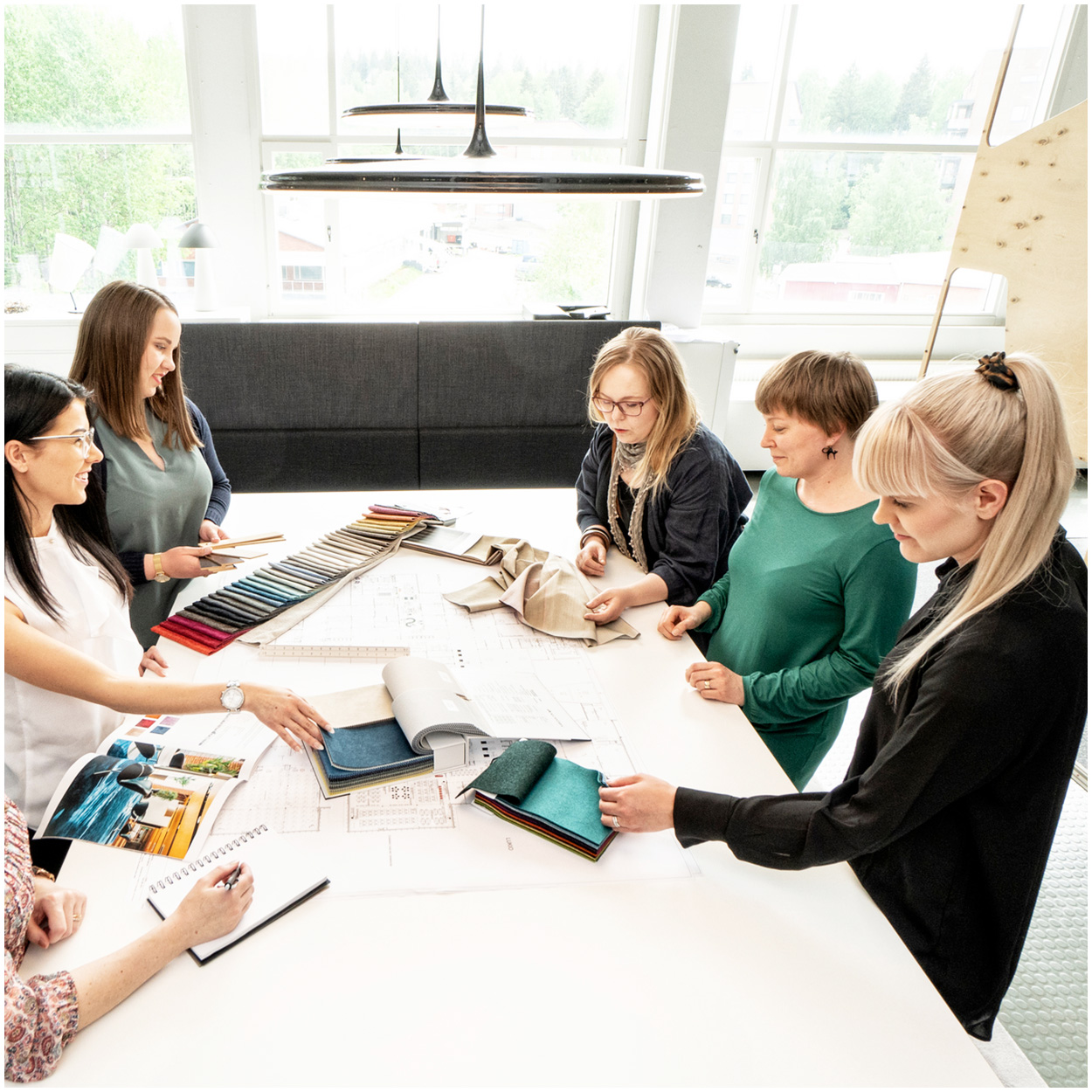Welcome to the World of Antimicrobial Surfaces
Have you ever thought about how important it is to keep your workspace healthy, especially in today’s fast-paced world? Antimicrobial surfaces in office furniture are a game-changer in the battle against common illnesses like the flu and colds. These innovative surfaces are crafted to cut down on the spread of germs, ensuring a cleaner and safer environment for everyone at work. By weaving antimicrobial materials into office furniture, companies can make a big dent in germ transmission, leading to healthier workspaces for all.
Now, you might wonder, are antimicrobial surfaces just a passing trend? Not at all! They’re becoming a must-have in modern offices. With more people aware of health and hygiene, businesses are on the hunt for effective ways to keep their teams safe. These surfaces are treated with special agents that stop bacteria, viruses, and fungi in their tracks, making them a key player in office furniture design. As we explore how these surfaces work and their benefits, you’ll see just how they help in keeping the flu and colds at bay.
Why Antimicrobial Office Furniture is a Smart Choice
Think about this: the perks of antimicrobial office furniture go beyond just health. One of the most compelling reasons for businesses to invest in such furniture is the potential to slash short-term sick leave. Studies show that using Isku+ furniture can cut sick leave, leading to big savings for employers. This reduction boosts productivity and lifts employee morale and well-being.
And let’s not forget the financial side. By investing in antimicrobial furniture, companies can save on costs tied to employee absenteeism, like temporary staffing and lost productivity. This makes antimicrobial office furniture a savvy investment for any business aiming to improve its bottom line while putting employee health first.
Bringing Antimicrobial Surfaces into Your Office
Rolling up your sleeves and incorporating antimicrobial surfaces into your office is a practical move towards a healthier work environment. These surfaces shine in high-traffic areas and places with shared equipment, like conference rooms, break areas, and workstations. By cutting down the microbial load on these surfaces, companies can reduce the risk of infections spreading among employees.
To get the most out of antimicrobial furniture, it’s crucial to keep up good hygiene practices. Encourage regular hand washing and proper cleaning of shared spaces alongside using antimicrobial surfaces. This combo of strategies ensures a thorough approach to infection control, making the office a safer place for everyone.
Looking Ahead: The Future of Antimicrobial Surfaces
Imagine this: the future of antimicrobial surfaces in workspaces is bright, with ongoing research and development paving the way for even more effective solutions. As companies keep prioritizing employee health, the demand for antimicrobial office furniture is set to rise. Innovations in material science and design will likely lead to new products offering enhanced protection against germs. As more businesses see the value in investing in antimicrobial solutions, adopting such technologies is poised to become standard practice in office design.
In wrapping up, antimicrobial surfaces in office furniture mark a significant leap forward in creating healthier workspaces. By cutting down the spread of flu and colds, these surfaces not only protect employees but also offer financial perks to employers. As the industry evolves, integrating antimicrobial technologies will be key in shaping the future of office environments. Why not consider making the switch?


